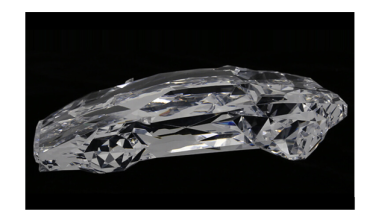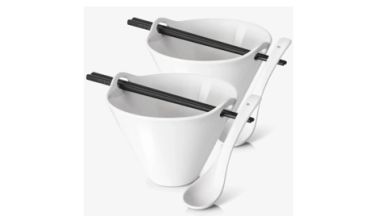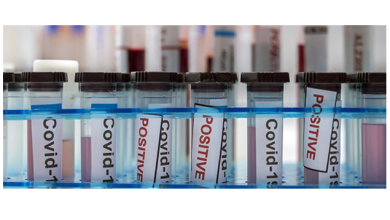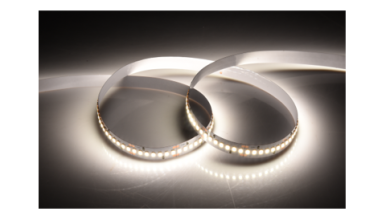LSZH and Solar Cable: Understanding the Mechanical and Physical Properties
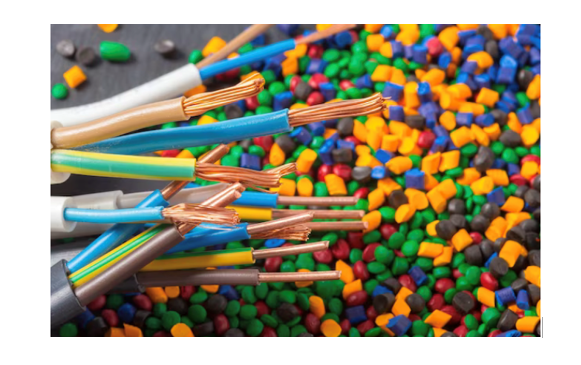
In the realm of electrical and communication infrastructure, LSZH (Low Smoke Zero Halogen) materials have emerged as a game-changer, revolutionizing the safety and performance of cables. With a focus on LSZH materials, this blog aims to shed light on their mechanical and physical properties, particularly in solar cable applications. Hebei Sunua Advanced Material Co., Ltd., a leading provider of LSZH solutions, stands out as the ideal partner for companies seeking exceptional quality and reliability.
What is LSZH?
LSZH, or Low Smoke Zero Halogen, refers to a class of materials used in cable manufacturing that does not contain halogens, such as chlorine and bromine. When exposed to fire, traditional cables with halogens emit toxic fumes, while LSZH cables offer enhanced safety by significantly reducing smoke and poisonous gas emissions. This makes LSZH materials an optimal choice for fire safety applications.
LSZH Properties:
- Solar Cable Applications: Solar cables are critical in the renewable energy industry, connecting photovoltaic modules to inverters and distribution systems. LSZH materials, such as those developed by Sunua, are well-suited for solar cable applications due to their excellent mechanical, physical, and electrical properties. They ensure long-lasting performance and safety in harsh environmental conditions.
- Mechanical Properties of LSZH: LSZH materials exhibit remarkable mechanical properties, making them highly durable and resistant to various external stresses. They demonstrate excellent tensile strength, elongation at break, and resistance to abrasion, impact, and environmental factors like UV radiation and temperature variations. These properties ensure reliable and robust performance in solar cable installations.
- Physical Properties of LSZH: LSZH materials offer exceptional physical properties that contribute to their suitability for solar cable applications. These properties include low water absorption, high dimensional stability, and resistance to chemicals and solvents. With their ability to withstand moisture and environmental elements, LSZH materials ensure the longevity and reliability of solar cables, even in challenging climates.
- Electrical Properties of LSZH: Electrical performance is crucial in solar cable applications, and LSZH materials excel. They exhibit excellent dielectric properties, low electrical conductivity, and resistance to tracking and aging. These attributes contribute to efficient power transmission, reduced electrical losses, and enhanced system performance.
- Flame Retardant Properties of LSZH: LSZH materials are renowned for superior flame retardant properties. In the event of a fire, LSZH cables minimize the propagation of flames, emit little smoke, and generate significantly lower amounts of toxic gases than traditional cables. This ensures personnel safety, limits property damage, and aligns with stringent fire safety regulations.
Conclusion:
Investing in LSZH materials for solar cable applications is a wise choice for companies looking to prioritize safety, durability, and overall performance. Sunua‘s expertise in developing top-quality LSZH solutions positions them as the preferred partner for businesses seeking exceptional cable materials.

